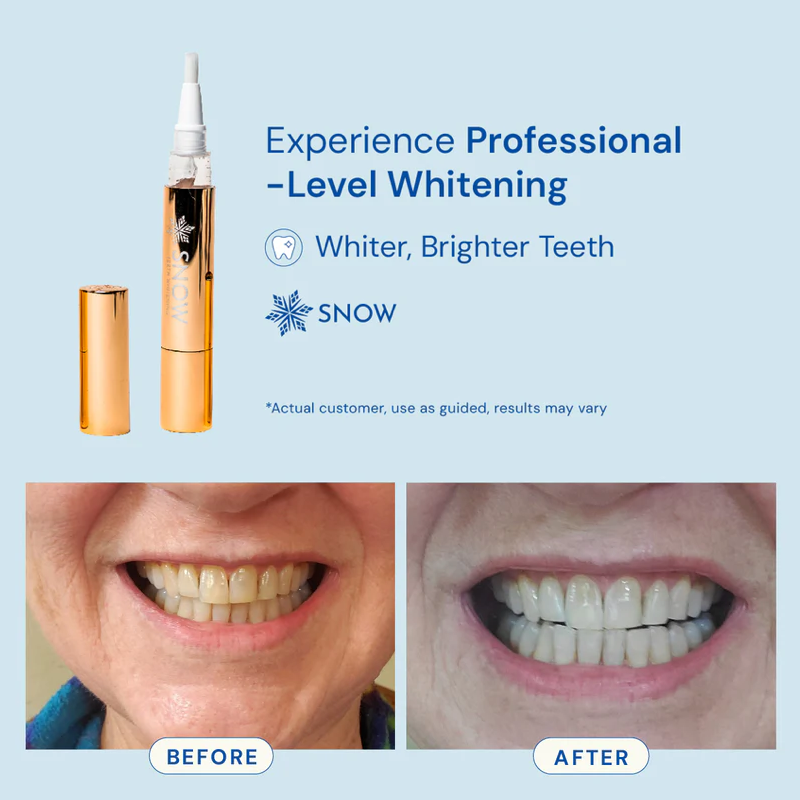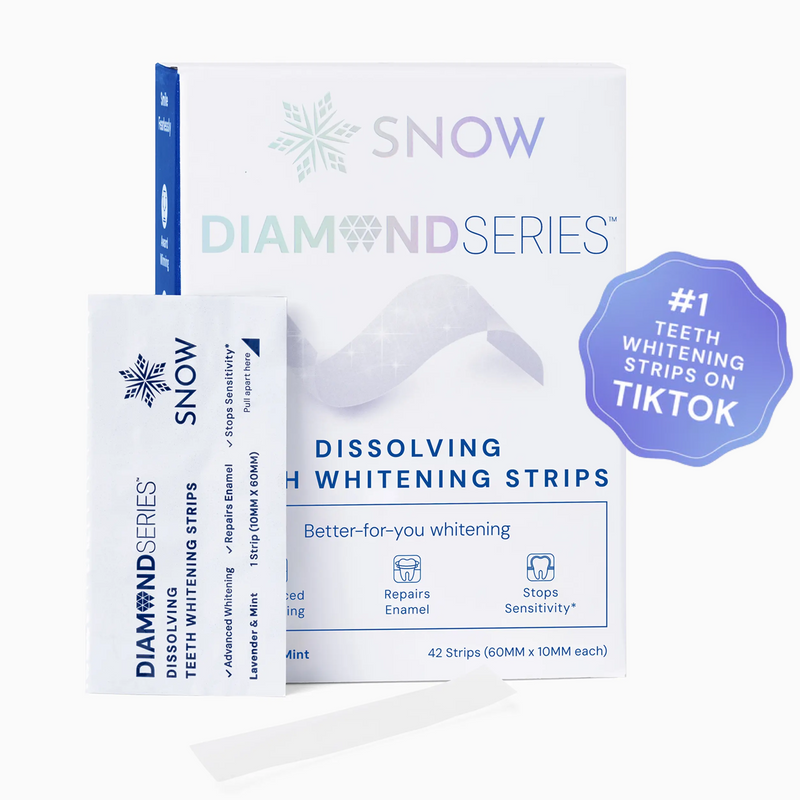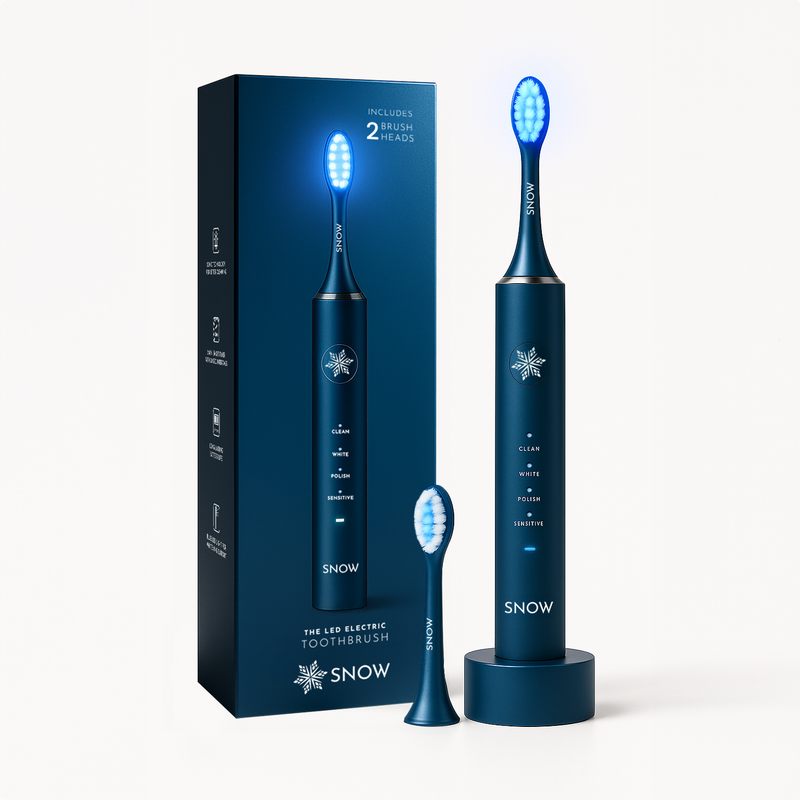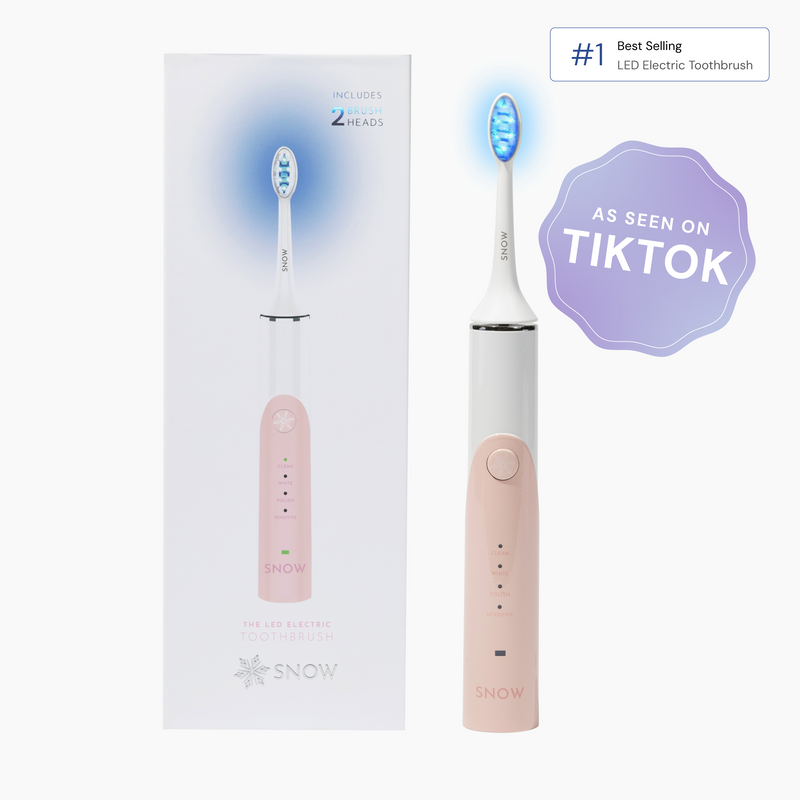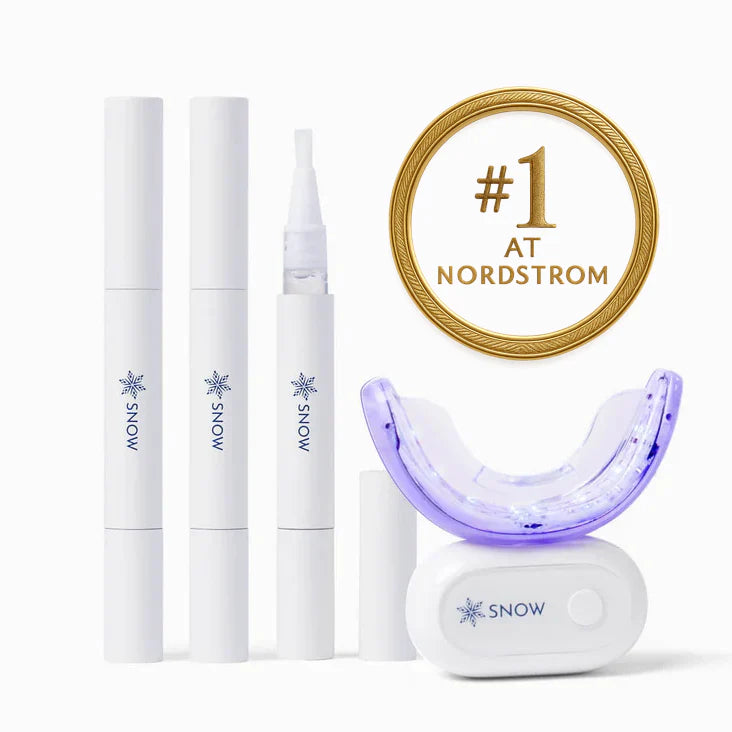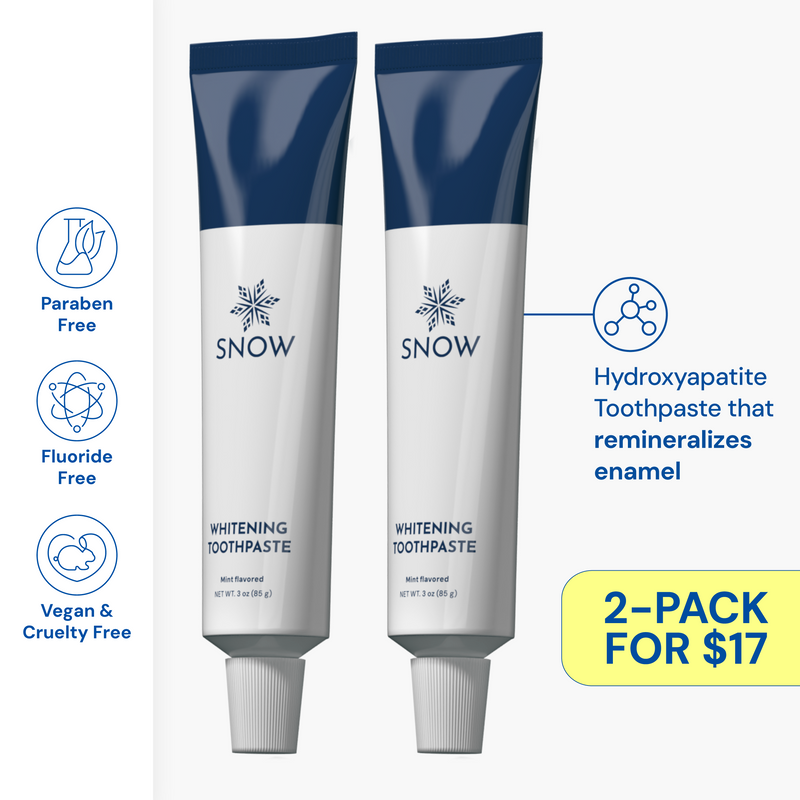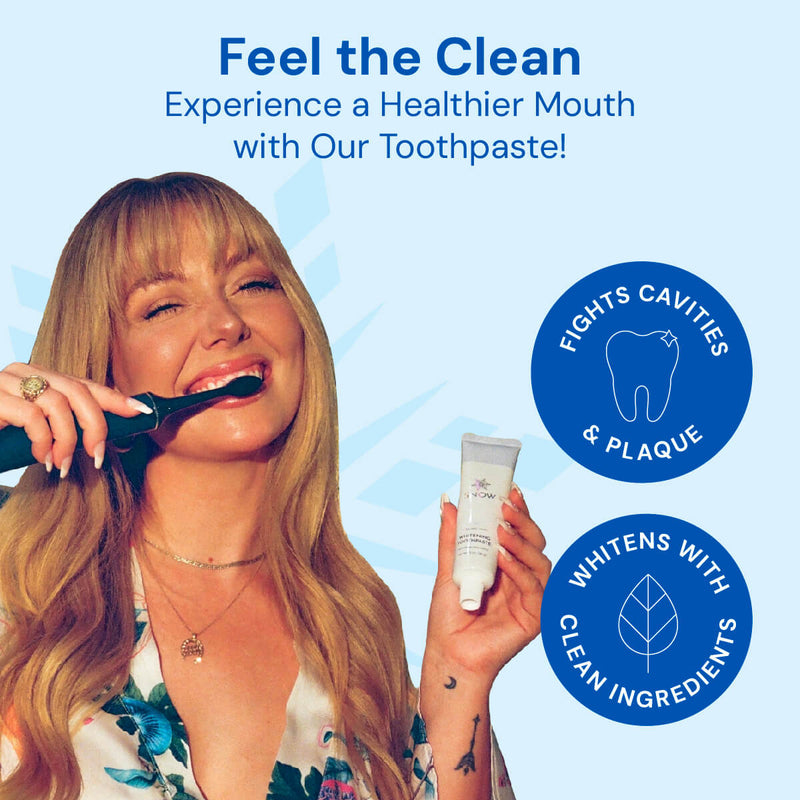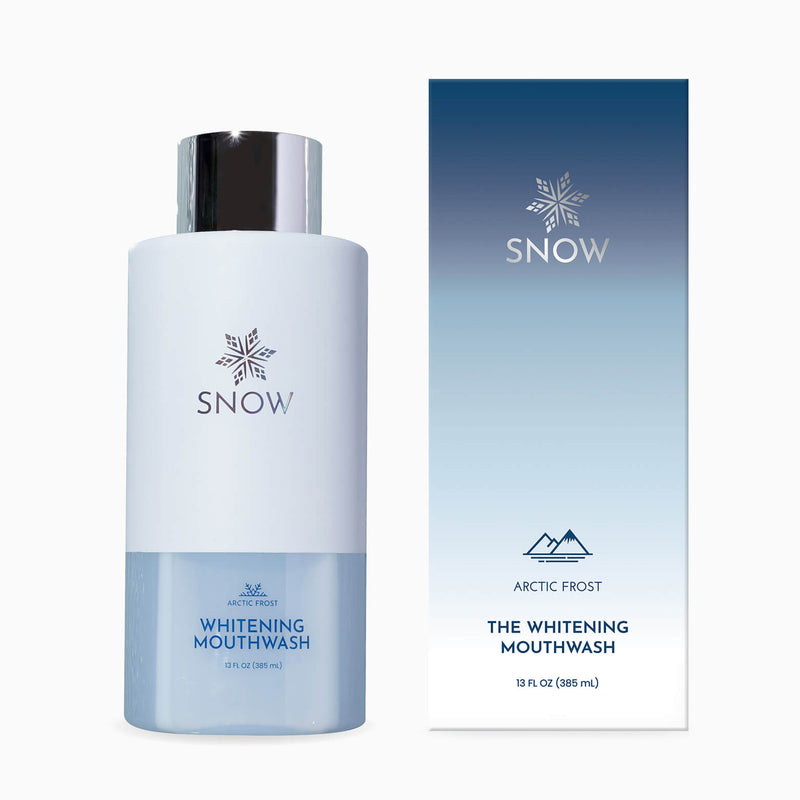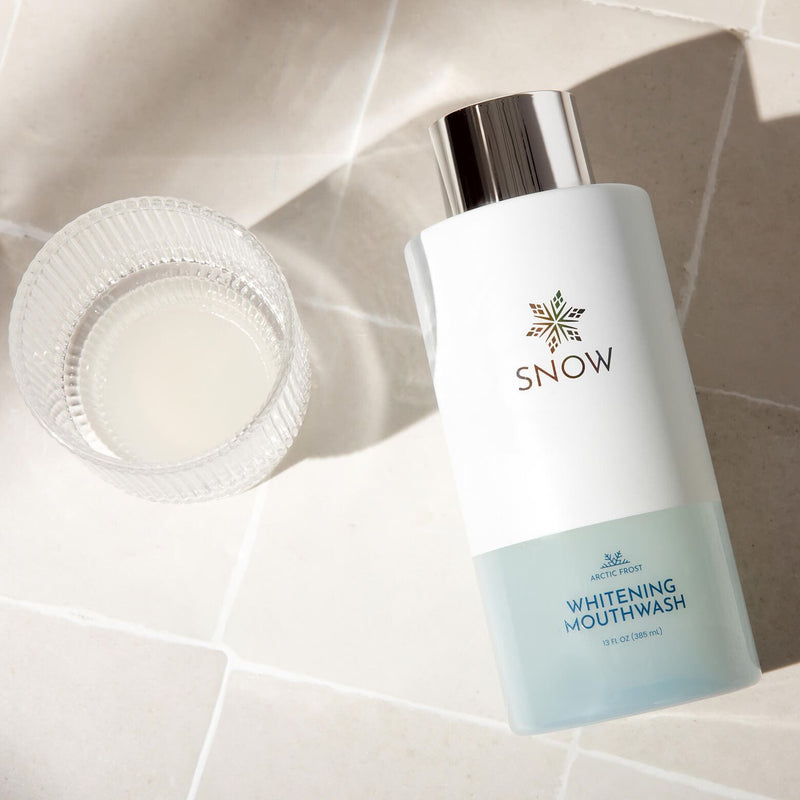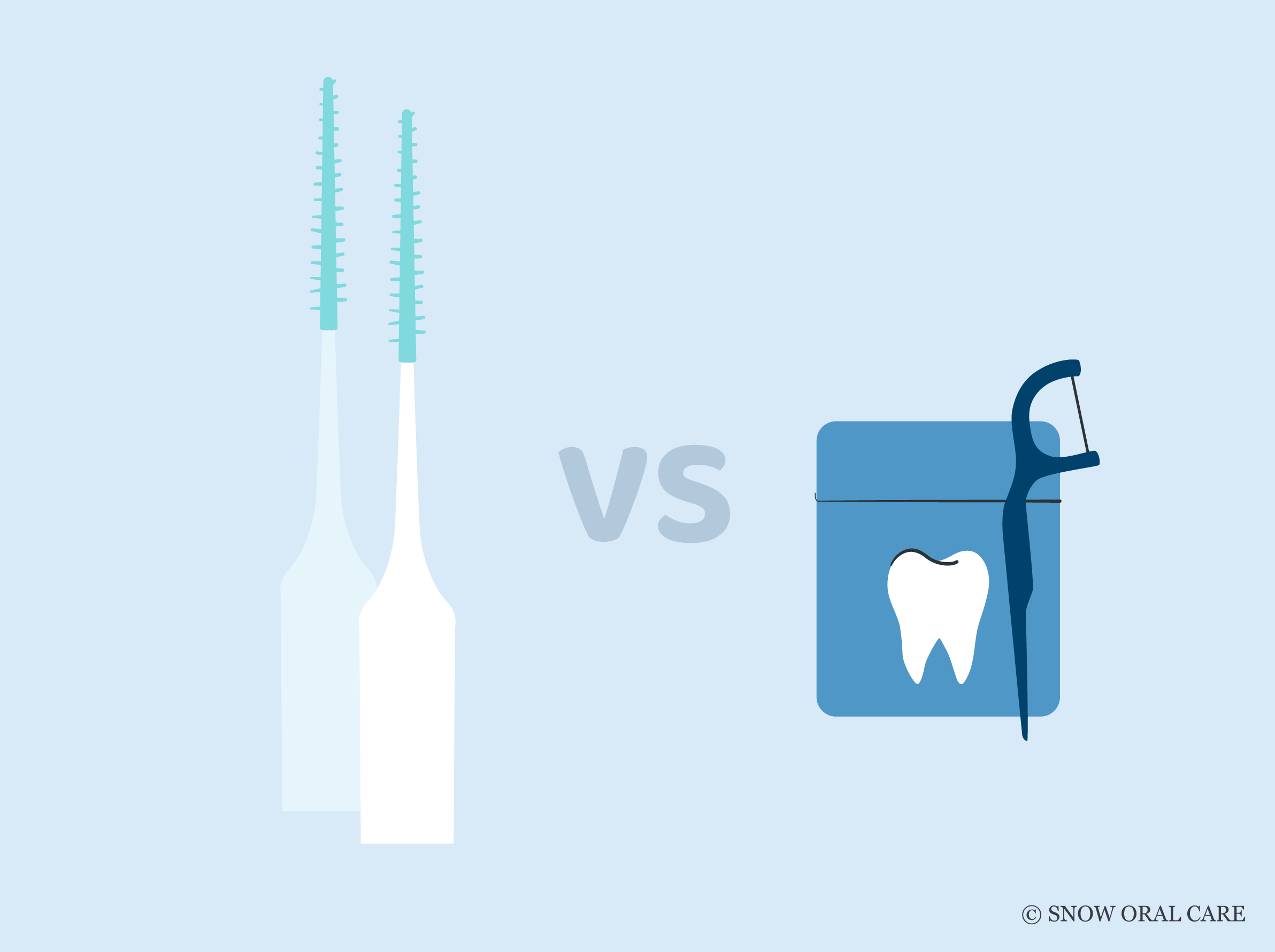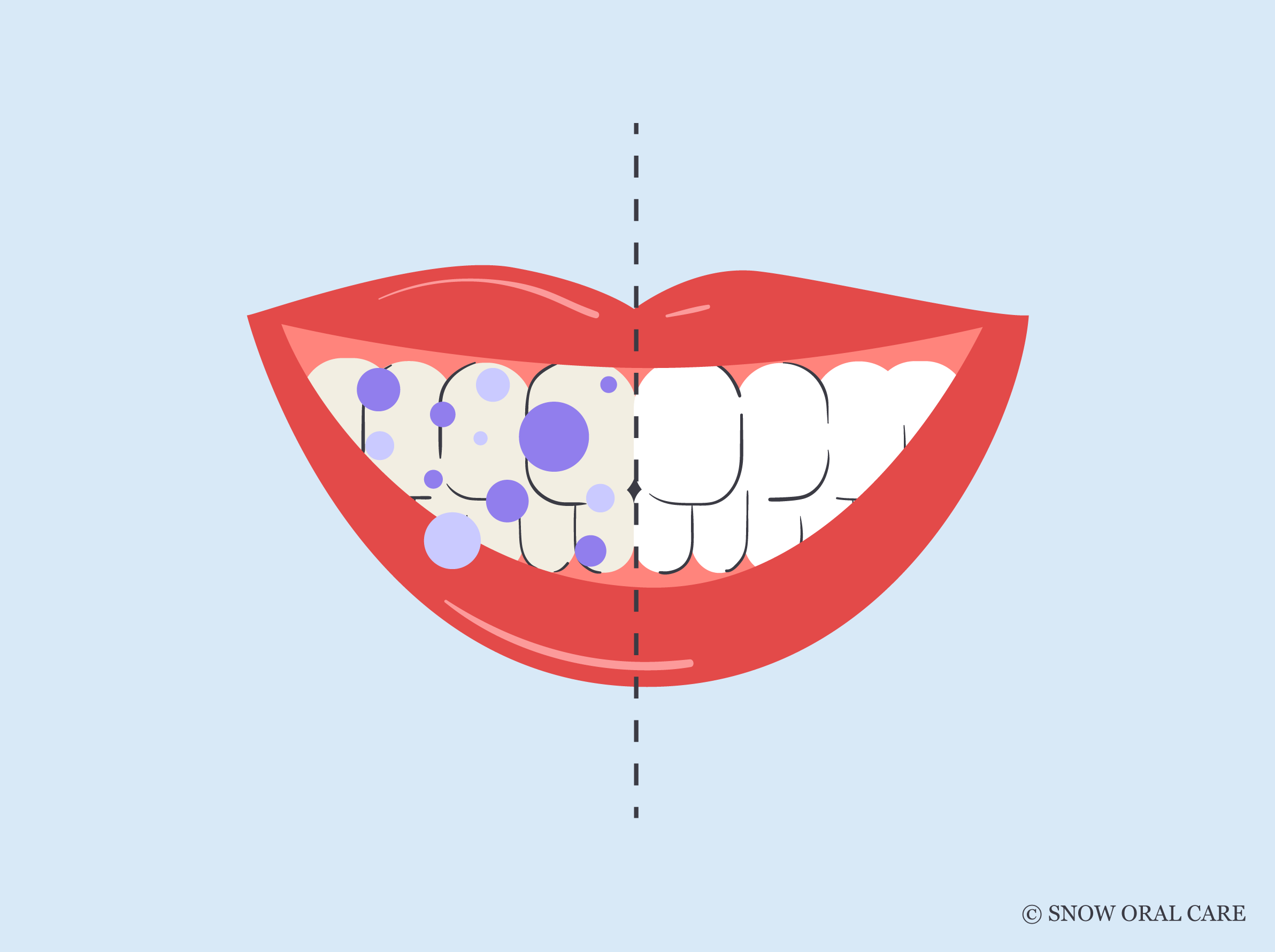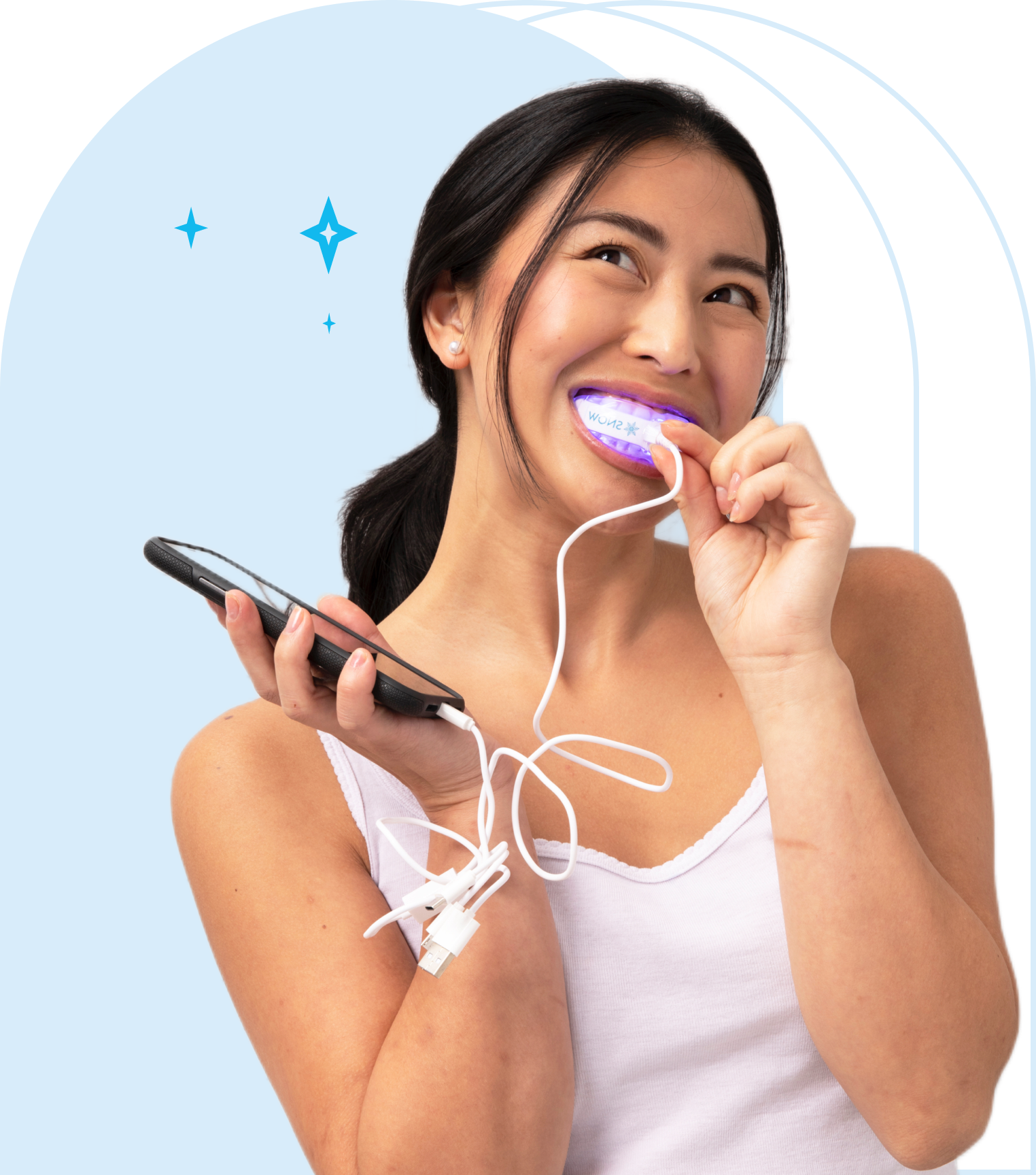Wondering how long does it take for whitening toothpaste to work? Many expect instant results, but whitening toothpaste works gradually by removing surface stains over time. Most whitening toothpastes start to show visible improvements within 2 to 6 weeks of consistent use. While they can help brighten your smile, results depend on factors like stain type, brushing habits, and oral hygiene. If you have sensitive teeth or deeper discoloration, other options like carbamide peroxide treatments may be more effective.
Key Takeaways
-
Whitening toothpaste typically shows initial whitening results in 2-4 weeks, with more pronounced effects evident after 6-8 weeks of consistent use.
-
The effectiveness of whitening toothpaste is influenced by factors such as the type of stains, consistency of use, diet, lifestyle, and overall oral hygiene practices.
-
For deeper intrinsic stains, professional whitening treatments may be necessary as they achieve faster and more dramatic results compared to over-the-counter whitening toothpaste.
Timeline for Whitening Results
If you're hoping to brighten your smile, understanding how long does it take for whitening toothpaste to work is key. Most whitening toothpastes require consistent use for at least 2 to 6 weeks before noticeable results appear. The process is gradual, but with patience, you’ll see a visible improvement in brightness, especially if your goal is to reduce surface stains.
Unlike professional whitening options, whitening toothpaste works over time. It doesn't bleach the teeth but rather lifts discoloration through gentle polishing agents. Consistency matters more than intensity.
Here’s a realistic timeline of what to expect:
Initial Changes (2-4 Weeks)
Some users begin noticing subtle changes in brightness during the first two to four weeks. These early improvements are most common in those with mild surface staining from things like coffee, tea, or red wine.
Brushing twice a day for at least two minutes helps the active ingredients work effectively. While results in the first week are rare, by the end of the month you should start seeing early signs that your toothpaste is making a difference.
Want a visible boost faster? SNOW’s LED Whitening Toothbrush combines sonic technology with blue light for stain-targeting power.
More Pronounced Effects (6-8 Weeks)
More pronounced whitening effects can be expected after six to eight weeks of regular use. This period is when most users notice a significant reduction in surface stains, and their teeth appear noticeably lighter.
Twice-daily brushing with whitening toothpaste helps ensure these visible results. At this stage, sustained use of the toothpaste generally results in a significantly brighter white smile and whiter teeth.
Long-Term Impact (12+ Weeks)
Deeper or older stains may require 12 weeks or more of regular brushing to show meaningful improvement. This longer timeline is common with intrinsic stains, which are often harder to reach with over-the-counter products.
Even though whitening toothpaste doesn't work as quickly as carbamide peroxide-based treatments, it can help maintain results for months when paired with good hygiene and smart lifestyle choices.
Factors Influencing Whitening Results
Understanding how long does it take for whitening toothpaste to work depends on a variety of personal factors. The speed and effectiveness of the whitening process can vary based on the type of stains, brushing habits, and overall oral hygiene.
Here are the four biggest factors that can impact your results with whitening toothpaste:
1. Type of Stains
The kind of stains you're trying to remove plays a major role.
-
Extrinsic stains, caused by coffee, tea, red wine, or smoking, are located on the outer surface of the teeth. These surface stains are easier to target with whitening toothpastes.
-
Intrinsic stains, which develop inside the tooth due to trauma, medication, or aging, are much harder to remove. Even the best whitening agents in over-the-counter products may only have limited effect on these.
For deeper intrinsic stains, professional whitening treatments with hydrogen or carbamide peroxide may be a better solution.
2. Consistency of Use
The whitening process relies heavily on how regularly you use your product. For best results:
-
Brush twice a day for at least two minutes.
-
Use your whitening toothpaste consistently for 2–6 weeks to notice visible improvements.
Even after you’ve achieved your noticeable whitening goals, switching to maintenance use a few times per week can help preserve your results.
3. Diet and Lifestyle Habits
Your lifestyle directly affects the effectiveness of any teeth whitening routine. Foods and drinks like coffee, soda, and berries, as well as smoking, can cause rapid discoloration.
Quick tip: Rinse your mouth after consuming stain-causing foods to help with removing surface stains more effectively.
4. Oral Hygiene Practices
A strong oral hygiene foundation is essential. Maintaining good oral hygiene through brushing, flossing, and routine dental visits improves the performance of whitening toothpaste and prevents new stains.
Pairing your toothpaste with a tool designed for deeper cleaning can enhance whitening effects.
For those who want better stain removal and a brighter smile with each brushstroke, the SNOW LED Whitening Electric Toothbrush with Sonic Technology is a powerful addition. It combines 39,000 vibrations per minute with LED light to break up stains while supporting enamel health.
Factors Influencing Whitening Results
Several factors can influence how well whitening toothpaste works for your smile. While it’s effective for removing extrinsic stains, its results depend heavily on how you use whitening toothpaste, your daily habits, and overall oral hygiene.
Whitening toothpastes often use mild abrasives or bleaching agents to target surface-level stains. However, for significant discoloration or deeper intrinsic stains, professional treatments may be more appropriate. Here's a closer look at what affects the whitening process:
Type of Stains
Extrinsic stains, caused by things like coffee, wine, and tobacco, are typically easier to remove. Whitening toothpaste is designed to polish away these surface stains, especially with consistent use. However, intrinsic stains, those beneath the surface caused by aging, medications, or trauma—are harder to treat. In such cases, consult a dental professional for guidance on treatment options.
Consistency of Use
The way you use whitening toothpaste matters. Brushing twice daily for at least two minutes gives the whitening agents time to act on the enamel. After achieving your desired shade, many users continue with the toothpaste a few times a week for maintenance.
Diet and Lifestyle
Your diet plays a big role. Frequent consumption of stain-causing foods and drinks, like coffee, tea, or dark berries, can reduce the impact of toothpaste work. Smoking also contributes heavily to tartar buildup and staining. Rinsing your mouth after meals and avoiding staining habits helps extend results.
Oral Hygiene Practices
Maintaining good oral hygiene supports whitening outcomes. Regular brushing, flossing, and professional cleanings help eliminate plaque and tartar buildup, allowing the toothpaste work to be more effective. Visiting a dental professional at least twice a year is key for both whitening and oral health.
Want to speed up your results? Pair your whitening routine with SNOW®’s Magic Whitening Booster Powder, an enamel-safe add-on that enhances your whitening toothpaste and protects against tooth sensitivity.
Try SNOW® Magic Whitening Booster
Comparing Professional Whitening Treatments with Whitening Toothpaste
When it comes to achieving a noticeably brighter smile, it's essential to weigh the differences between whitening toothpastes and professional treatments. While both can help whiten teeth, the level of effectiveness, time commitment, and cost vary widely.
Whitening Toothpastes: Gradual Surface Stain Removal
Whitening toothpastes are formulated to remove surface discoloration caused by common culprits like coffee, wine, or smoking. They typically contain mild abrasives and, in some cases, ingredients like silica or low concentrations of peroxide to enhance stain removal. When appropriately used—brushing for at least two minutes twice daily, they can result in noticeable whitening over several weeks.
However, they often fall short when it comes to treating intrinsic discoloration (stains inside the tooth), and results are generally more subtle. For patients with sensitive enamel, overuse of abrasive toothpastes may lead to discomfort or wear over time. Consistency is key, and while results take longer, whitening toothpastes are convenient and budget-friendly.
Pro Tip: Rinse your mouth after drinking coffee or red wine to preserve your whitening results and reduce plaque buildup.
Professional Whitening: Fast and Powerful Results
Professional whitening treatments, whether in-office or take-home, use concentrated bleaching agents to lift both surface and deep-set stains. These treatments are designed for quicker, more dramatic results compared to store-bought toothpastes.
In-Office Treatments
In-office options typically involve a single session that lasts 60–90 minutes. Dentists apply high-strength peroxide gels, sometimes combined with LED light technology, to accelerate the whitening process. These treatments can lighten teeth by several shades in just one visit, making them ideal for patients preparing for special events or seeking instant transformation.
Many patients report visible improvements after just one appointment.
Take-Home Kits
Take-home kits provided by your dentist offer a flexible solution. They include custom-fit trays and professional-grade whitening gel, which you use over several weeks. While slower than in-office treatments, they still outperform most toothpastes in both whitening power and longevity of results.
These kits allow for whitening at your own pace and are a great compromise for those who want strong results without an in-office visit.
When to See a Professional
If you're not seeing the brighter results you expected from toothpastes after 12+ weeks, or if you're dealing with deeper discoloration, consult your dentist. A professional can evaluate your enamel, tooth sensitivity, and overall oral health to recommend the right course of action.
Ready to go beyond basic brushing? Consider scheduling an appointment today to explore stronger whitening treatments tailored to your smile.
Enhance Whitening with the Right Products
For those not yet ready for professional care, SNOW’s Extra-Strength Whitening Serum is a dentist-loved option that delivers professional-level results at home. Pair it with proper brushing technique, rinsing after staining foods, and other daily tips to protect and brighten your smile.
Whether you choose over-the-counter options or professional care, the path to a healthier, brighter smile begins with informed choices and consistent habits. Tips for Maximizing Whitening Toothpaste Effectiveness
Tips for Maximizing Whitening Toothpaste Effectiveness
To maximize your whitening toothpaste, follow these key tips. Consistency is crucial; regular use ensures whitening agents have enough contact time with your teeth to remove stains. Pairing whitening toothpaste with good oral hygiene practices enhances its effectiveness.
Regular dental cleanings boost results by removing built-up stains and tartar that toothpaste alone might not eliminate to remove plaque. Patience is key, as significant results develop gradually over weeks.
Brush Consistently
Consistent brushing is vital for achieving and maintaining a whiter smile. Brush twice daily for at least two to three minutes to ensure adequate contact time between the active ingredients and tooth surfaces.
This approach will help you see noticeable whitening effects over time.
Use a Soft-Bristled Toothbrush
A soft-bristled toothbrush is essential for good oral hygiene without damaging enamel. Soft bristles are gentle on teeth and gums, reducing enamel erosion risk while cleaning effectively. Despite being gentle, soft-bristled toothbrushes effectively remove surface stains using mild abrasives.
Choosing a soft-bristled toothbrush ensures thorough brushing without harming teeth, enhancing the effectiveness of whitening toothpaste.
Rinse After Staining Substances
Rinsing after consuming staining substances like coffee and red wine is crucial for maintaining tooth whiteness. This practice helps eliminate lingering particles that contribute to new stains, enhancing whitening toothpaste effectiveness and removing stains.
Combine with Professional Cleanings
Combining whitening toothpaste with regular professional cleanings significantly enhances whitening results. Professional cleanings remove tartar buildup that can interfere with whitening toothpaste, helping achieve a brighter smile.
This combination ensures long-lasting and more effective whitening results.
Be Patient
Patience is essential when using whitening toothpaste. The timeline for noticeable improvements is as follows:
-
Subtle improvements are noticeable within the first two to four weeks.
-
More pronounced effects appear after six to eight weeks of regular use.
-
Significant results, especially for deeper stains, may take 12 weeks or longer of consistent use.
Using whitening toothpaste twice daily is crucial for those who want to use whitening toothpaste for achieving the best results.
Final Thoughts
Achieving a brighter smile with whitening toothpaste takes time, consistency, and good oral hygiene. While subtle changes may appear within 2–6 weeks, noticeable whitening often requires 12 weeks of regular use. Key factors like stain type, brushing habits, and diet all influence your results.
For best outcomes, pair your toothpaste with professional cleanings and make wise lifestyle choices. And if you want to supercharge your routine, try adding SNOW® Magic Booster, designed to lift stains and support enamel without extra steps.
Stick with it, and a healthier, brighter smile is within reach.
Try SNOW® Magic Whitening Booster
Frequently Asked Questions
Quick answers to common questions about whitening toothpaste and getting a brighter smile.
How long does it take for whitening toothpaste to work?
Whitening toothpaste typically shows results within two to six weeks of consistent use. Be patient and continue your routine for the best outcomes.
What types of stains are whitening toothpaste most effective at removing?
Whitening toothpaste is most effective at removing extrinsic stains caused by food, beverages, and smoking. Consider using it regularly to enhance your smile and combat these types of discoloration.
How long do the results from whitening toothpaste last?
The results from whitening toothpaste can last several months when combined with good oral hygiene practices. Consistent maintenance is key to prolonging these effects.
When should I consider professional whitening treatments?
Consider professional whitening treatments if you haven't seen satisfactory results from whitening toothpaste after 12 weeks of consistent use. This approach can provide a more effective and noticeable improvement in your smile.
What should I do to maximize results with whitening toothpaste?
To maximize results with whitening toothpaste, brush consistently with a soft-bristled toothbrush, rinse after consuming staining substances, and complement your routine with professional cleanings. Patience is key to achieving the best results.

















































